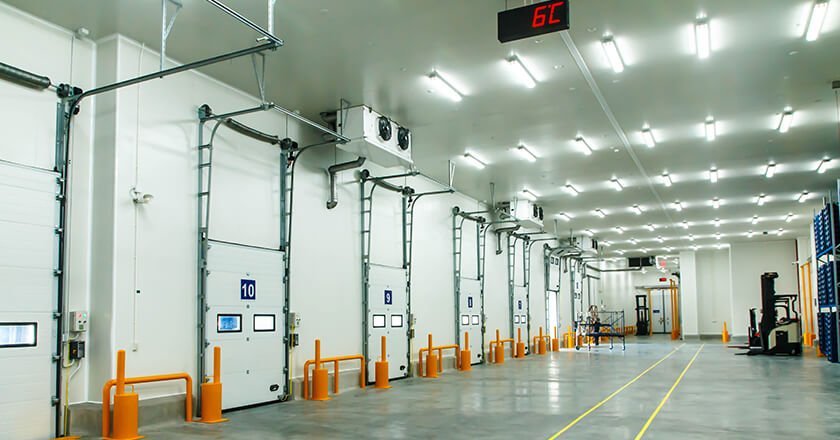Cold Storage Manufacturing and Installation: Providing Solutions for Temperature-Controlled Storage Needs
Cold storage facilities are vital components of supply chains for various industries, including food and beverage, pharmaceuticals, and logistics. These facilities provide controlled environments for preserving perishable goods, maintaining product quality, and extending shelf life. Cold storage manufacturing and installation companies play a crucial role in designing, constructing, and equipping these facilities to meet the diverse needs of their clients. This article explores the process, considerations, components, and benefits of cold storage manufacturing and installation services.
Importance of Cold Storage Facilities:
Cold storage facilities serve several essential functions in modern economies:
Preservation of Perishable Goods: Cold storage facilities enable the safe storage of perishable items such as fruits, vegetables, dairy products, meats, and seafood, extending their shelf life and preventing spoilage.
Temperature Control: These facilities maintain precise temperature and humidity levels to meet the specific requirements of different products, ensuring optimal storage conditions and preserving product quality.
Inventory Management: Cold storage facilities facilitate efficient inventory management by providing organized storage space, tracking systems, and inventory control measures to monitor stock levels and minimize losses.
Supply Chain Logistics: Cold storage facilities are integral to supply chain logistics, enabling the storage, distribution, and transportation of temperature-sensitive goods from producers to consumers, retailers, and end-users.
Process of Cold Storage Manufacturing and Installation:
The process of cold storage manufacturing and installation typically involves the following steps:
Consultation and Planning: The client collaborates with the cold storage manufacturer to assess their storage requirements, space constraints, product specifications, and budgetary considerations. A comprehensive plan is developed to address these needs and outline the scope of the project.
Design and Engineering: Experienced engineers and designers create detailed plans and specifications for the cold storage facility, including layout, insulation, refrigeration systems, and structural components. Factors such as temperature control, energy efficiency, and regulatory compliance are carefully considered during the design phase.
Manufacturing and Fabrication: Once the design is finalized, the manufacturing process begins, involving the fabrication of structural components, insulation panels, doors, refrigeration equipment, and other specialized elements required for the cold storage facility. Quality control measures are implemented to ensure compliance with industry standards and client specifications.
Installation and Construction: Skilled technicians and construction crews execute the installation of the cold storage facility, including assembly of prefabricated panels, erection of structural frames, installation of refrigeration systems, electrical wiring, and plumbing connections. Safety protocols and building codes are adhered to throughout the construction process to ensure the integrity and safety of the facility.
Testing and Commissioning: Upon completion of construction, the cold storage facility undergoes rigorous testing and commissioning to verify functionality, performance, and compliance with design specifications. This may include temperature mapping, pressure testing, leak detection, and system performance assessments to ensure optimal operation and reliability.
Training and Handover: Training sessions are conducted for facility operators and maintenance personnel to familiarize them with the operation, maintenance, and safety procedures of the cold storage facility. Once training is complete, the facility is handed over to the client for operational use.
Components of Cold Storage Facilities:
Key components of cold storage facilities include:


